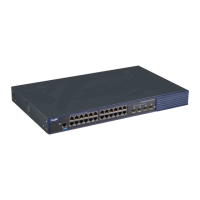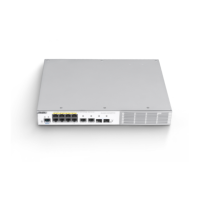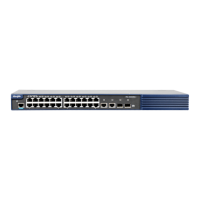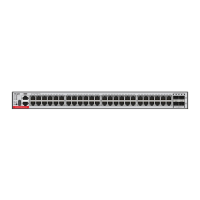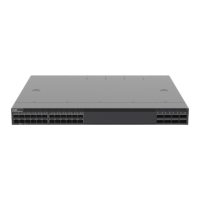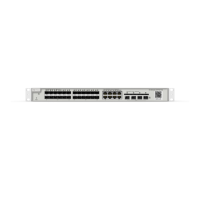Hardware Installation and Reference Guide Appendix D — Cabling Recommendations in Installation
51
Cables of different types (such as power cords, signal cables, and grounding cables) should be separated in cabling and bundling.
When they are close, crossover cabling can be adopted. In the case of parallel cabling, power cords and signal cables should
maintain a space equal to or greater than 30 mm.
The binding rack and cabling slot inside and outside the cabinet should be smooth, without sharp corners.
The metal hole traversed by cables should have a smooth and fully rounding surface or an insulated lining.
Proper buckles should be selected to bundle up cables. It is forbidden to connect two or more buckles to bundle up cables.
After bundling up cables with buckles, you should cut off the remaining part. The cut should be smooth and trim, without sharp
corners, as shown in Figure D-2.
Figure D-2 Bundling Up Cables (2)
When cables need to bend, you should first bundle them up. However, the buckle cannot be bundled within the bend area.
Otherwise, significant stress may be generated in cables, breaking cable cores. As shown in Figure D-3.
Figure D-3 Bundling Up Cables (3)
Cables not to be assembled or remaining parts of cables should be folded and placed in a proper position of the cabinet or
cabling slot. The proper position indicates a position that will not affect device running or cause device damage or cable damage

